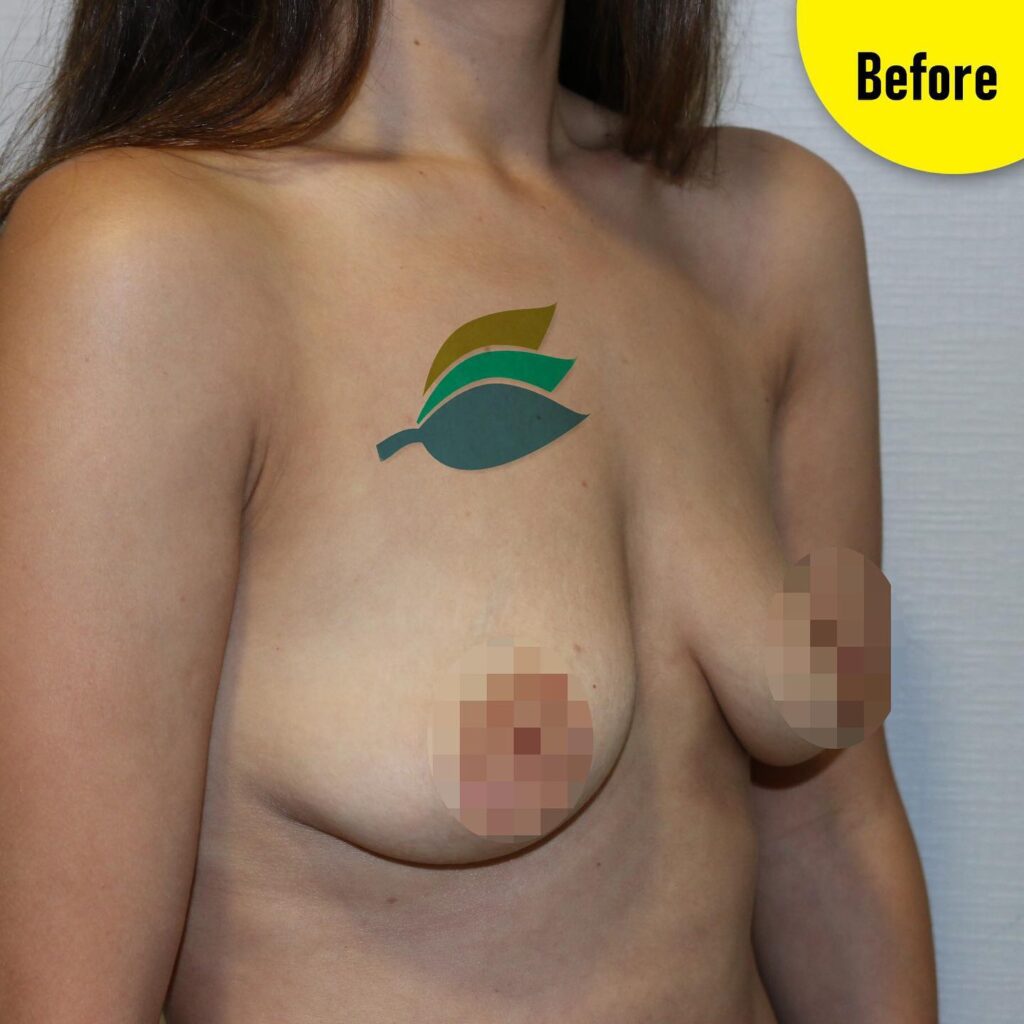Boob Lift Turkey
Boob Lift Turkey offers a new way to lift and shape breasts using threads. It’s less invasive and painful than typical breast surgeries. This method is affordable and has grown in popularity. It’s ideal for those wanting a change without major surgery.
Boob Lift Cost Turkey
The cost of a boob lift in Turkey is quite affordable. The average cost is between 2000-3000 Euros. This price is very attractive compared to other countries, especially when considering the high quality of the Turkish cosmetic surgery industry. The cost of the operation also includes follow-up care, post-operative checkups, and any necessary medications. The cost of a boob lift in Turkey is an excellent investment for anyone looking to improve their physical appearance.
How painful is a breast lift?
A breast lift, medically known as mastopexy, is a surgical procedure, and like any surgery, it involves some degree of discomfort and pain during the recovery process. However, the level of pain experienced can vary widely from person to person. Here are some general points about the pain associated with a breast lift:
- During the Procedure: The surgery itself is typically performed under general anesthesia, so you won’t feel pain during the operation.
- Immediately After Surgery: Once the anesthesia wears off, it’s common to experience pain, soreness, and discomfort in the breast area. This is usually more pronounced during the first few days post-surgery.
- Type of Pain: Patients often describe the pain as soreness, tightness, or tenderness in the breasts. The intensity of the pain usually depends on the extent of the surgery, the individual’s pain tolerance, and the techniques used by the surgeon.
- Pain Management: Your surgeon will prescribe pain medication to manage the discomfort in the days following the surgery. Over-the-counter pain relievers, like acetaminophen or ibuprofen, may also be recommended.
- Duration of Pain: The most significant discomfort is typically within the first few days after surgery. Pain and soreness generally decrease significantly after the first week and continue to diminish over the following weeks.
- Recovery Process: It’s important to follow your surgeon’s post-operative instructions for care, which will aid in a smoother and more comfortable recovery. This includes wearing a supportive surgical bra, avoiding strenuous activities, and attending follow-up appointments.
- Individual Variation: Pain thresholds vary from person to person, so experiences can differ. Some people may find the recovery relatively easy, while others might find it more challenging.
Remember, a breast lift is a significant surgical procedure, and it’s important to have realistic expectations regarding the recovery process. Discuss any concerns about pain and post-operative care with your plastic surgeon beforehand to ensure you have a clear understanding of what to expect.


View our before-and-after gallery.
https://www.instagram.com/esteport/
What is a Breast Lift?
A breast lift, or mastopexy, is surgery to raise sagging breasts. It removes extra skin and reshapes the breast. This can also mean moving the nipple or making the areola smaller. The surgery lasts 2-3 hours and is done under general anesthesia. After, there might be swelling and soreness. It gives breasts a younger look and boosts confidence.
What is Breast Ptosis?
Breast ptosis means sagging breasts. Many women face this due to age, gravity, skin changes, or weight shifts. Sometimes, nipples point down or breasts look flat. This can hurt self-esteem. Options to treat this include lifts, implants, or reductions. There are also non-surgical ways like massage, exercise, and creams. Always talk to a doctor before starting any treatment.
RELATED: Breast Lift With Implants Turkey
Do I Need a Breast Lift or Implants?
Choosing between a breast lift or implants depends on your goals. Want perkier breasts? Consider a lift. Want bigger breasts? Think about implants. Always talk to your doctor about the best option.
Breast Lift Types
There are different breast lift methods:
- Anchor lift: The most common. Reshapes the areola, breast tissue, and skin.
- Lollipop and crescent lifts: Variations of reshaping.
- Doughnut lift: Only lifts areola and skin.
The best type depends on your breast size, shape, and sagging level. Your surgeon will guide you.
Getting Ready for a Breast Lift
Before the surgery:
- Talk with a certified surgeon.
- Discuss risks, benefits, and the process.
- Avoid some medicines like aspirin.
- Plan for someone to help you after surgery.
Recovering from a Breast Lift
After surgery:
- You might feel sore for a few days.
- Wear a support bra.
- You might see swelling and feel numbness, but it fades.
- Rest well. Avoid hard activities for weeks.
- Follow the surgeon’s advice.
- They might give pain relief meds.
- Avoid lifting for 3-4 weeks.
- Check with your surgeon if worried.
- Attend all check-ups.
Breast Lift Risks
Breast lifts can reshape sagging breasts. But they come with risks:
- Infection
- Bleeding
- Anesthesia reactions
- Nipple sensation changes
- Scarring Discuss all risks with your surgeon before surgery.
Breast Lift in One Day
Thanks to new techniques, breast lifts can be done in one day. Patients often go home the same day. This means less time away and often lower costs.
Breast Lift Anesthetic
The surgery uses general anesthesia. So, you’ll sleep through it. An expert gives it, ensuring you don’t feel pain. Sometimes, local anesthetics are added for more comfort.
Is a Breast Lift Safe?
Done by a trained surgeon, breast lifts are safe. They remove excess skin and lift the breast. They have low risks. For best results, see a certified surgeon.
Breast Lift Pain
Breast lifts can be painful. Everyone feels it differently. Many say it’s moderate pain. Pain pills and cold packs can help. Pain usually goes down over time.
Breast Lift Duration
A breast lift takes 2-4 hours. The doctor removes extra skin and reshapes the breast. After, wear a special bra to help healing.
Breast Lift Downsides
Breast lifts have risks. They can cause infections, bleeding, and scars. They might be costly. Breasts might sag again over time.
Natural Breast Lift
Want firmer breasts? Try chest exercises like push-ups. Yoga helps too. Eat well and drink water. A good bra can also make breasts look perkier.
Sleeping After Breast Lift
After a breast lift, sleep on your back. Use pillows to prop yourself up. This helps reduce swelling. Avoid sleeping on your stomach or side for two weeks. Some use a recliner to sleep semi-upright.
Age for Breast Lift
To get a breast lift, you usually need to be 18. Your country’s laws might vary. A surgeon will check if you’re a good fit for the surgery.




Soru Sor